가설 1-1. 가을이는 잘못된 칫솔질 방법을 사용할 것이다.
이슈 1-1-1. 올바른 잇솔질 방법이란? [공통이슈1]
이슈 1-1-2. 잘못된 잇솔질 방법의 폐해
사실02. 나는 소아치과 case를 하기 위해 아는 분의 딸인 11세 가을이를 치료하게 되었다.
가설 2-1. 소아치과 case로 11세 가을이는 적당할 것이다.
이슈 2-1-1. 소아치과란?
사실 03. 구강검사를 해보니 치아우식증이 영구치 5곳에 있었고, 치아와 잇몸이 만나는 부위에 하얀 색으로 변한 치아들도 있었으며 군데군데 치면 세균막이 두껍게 덮혀 있었다.
가설 3-1. 하얀색으로 변한 치아와 치면세균막은 관련이 있을 것이다.
사실 04. 나는 치아우식증의 원인을 찾기 위해 몇 가지 문진 및 검사를 시행하였다.
가설 4-1. 치아우식증의 원인을 찾기 위한 검사법이 다양할 것이다.
이슈 4-1-1. 치아우식증의 원인을 찾기 위한 문진 및 검사법
사실 05. 가을이는 평소에 단 것을 좋아하고 음료수도 자주 먹는다고 대답하였다. ~ 또 저녁 식사 후 과일이나 아이스크림과 같은 것을 먹는다고 하였다.
가설 5-1. 치아 우식을 잘 일으키는 음식이 존재할 것이다.
이슈 5-1-1. 치아 우식을 잘 일으키는 음식의 종류 [공통이슈2]
이슈 5-1-2. 음식의 물리적, 화학적 성상에 따른 치아우식증 영향
가설 5-2. 식이 습관과 치아 우식증과의 관련이 있을 것이다.
이슈 5-2-1. 식이 습관과 치아 우식증과의 관련성 [공통이슈3]
이슈 5-2-2. 치아우식과 식이조절
이슈 5-2-3. 식이조절을 통한 어린이와 청소년기의 우식 예방법
사실 06. 나는 가을이의 구강은 치아우식증이 얼마나 잘 발생할 수 있는 환경인지 알아보기 위해 각종 검사를 시행하였다.
가설 6-1. 치아우식증이 잘 발생할 수 있는 환경이 존재할 것이다.
이슈 6-1-1. 치아우식증 발생 요인
가설 6-2. 치아우식증에 취약한 환경을 조사하는 검사하는 방법이 존재할 것이다.
이슈 6-2-1. 치아우식 활성 검사 [공통이슈4]
이슈 6-2-2. 치아우식증 검사
사실 07. 또한 섭취하는 음식물에서 영향을 받았는지, 기초식품을 제대로 섭취하고 있는지를 조사하여 chart에 기록하였다.
가설 7-1. 치아우식 예방을 위해서는 기초식품을 제대로 섭취해야 할 것이다.
이슈 7-1-1. 설탕대체식품 [공통이슈5]
사실 08. 현재 치아를 앞뒤로 세게 닦는 가을이에게 효과적인 칫솔질 방법을 알려주었다.
가설 8-1. 가을이에게 효과적인 잇솔질 방법이 있을 것이다.
이슈 8-1-1. 어린이에게 효과적인 잇솔질 방법
1. Toothbrushing Mistake No. 1: Not Using the Right Toothbrush
Consider the size of your mouth when picking a toothbrush
The handle has to be comfortable - The more comfortable it is in your mouth and your hand, then the more likely you will use it and use it.
Which is the better toothbrush: Electric or manual?
2. Toothbrushing Mistake No. 2: Not Picking the Right Bristles
Some toothbrushes have angled bristles, others straight.
It's more related to technique than the way the bristles come out.
The ADA recommends a soft-bristled brush.
3. Toothbrushing Mistake No. 3: Not Brushing Often Enough or Long Enough
10 Toothbrushing Mistakes
4. Toothbrushing Mistake No. 4: Brushing Too Often or Too Hard
More than four toothbrushings a day would begin to seem compulsive.
Excessive brushing could expose the root of the tooth to irritation, and that could in turn irritate the gums.
5. Toothbrushing Mistake No. 5: Not Brushing Correctly
Aim your bristles at the gum line at a 45-degree angle and do short strokes or vibrations. Softly brush up and down your teeth, not across your teeth. The strokes should be vertical or circular, not horizontal.
6. Toothbrushing Mistake No. 6: Starting in the Same Place Each Time
Many people start brushing the same part of their mouth over and over, dentists find.
Start in a different place so that you don't get lazy in the same area of your mouth.
7. Toothbrushing Mistake No. 7: Skipping Inner Tooth Surfaces
Most people forget to brush the inner surfaces of teeth -- the surface that your tongue presses against.
The most commonly skipped area, dentists say, is the inner surface of the lower front teeth.
8. Toothbrushing Mistake No. 8: Not Following Up With a Rinse
Bacteria can grow on an un-rinsed toothbrush. Then, the next time you brush your teeth, you may actually put old bacteria back in your mouth.
Rinsing the toothbrush after you brush will help remove any leftover toothpaste, too.
9. Toothbrushing Mistake No. 9: Not Letting the Toothbrush Dry
It's a good idea to shake out the moisture, then recap it with a cap that allows air in, he says.
10. Toothbrushing Mistake No. 10: Not Changing the Toothbrush Often Enough
The American Dental Association recommends getting a new brush every three or four months, or even sooner if the bristles look frayed.
Look more at the state of the bristles than the time period.
2011, 김설악 외 25인, 최신예방치과학, 대한나래출판사, p.87.
대한예방치의학회 (http://www.kacpd.com/tooth01_01.html)
보건복지부&대한치의학회 (http://hi.nhic.or.kr/ggpj001_r04_01.do?cid=225164)
대한예방치의학회 (http://www.kacpd.com/tooth01_01.html)
대한치의학회&대한치과보존학회( http://hi.nhic.or.kr/ggpj001_r04_01.do?cid=225164)
http://www.ohmynews.com/NWS_Web/View/img_pg.aspx?CNTN_CD=IE001254569#IE001254573




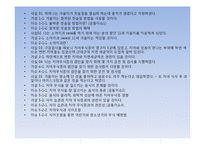
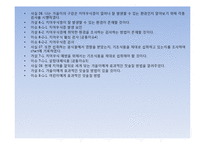
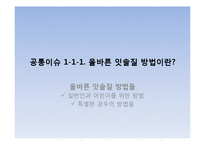
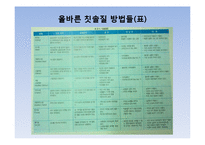
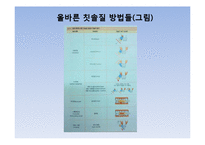
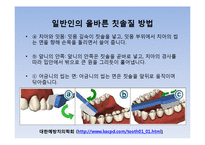
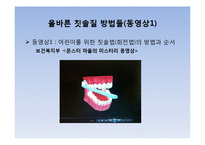
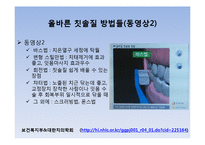
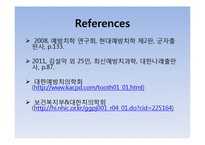
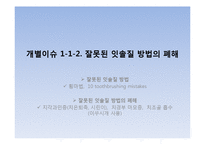
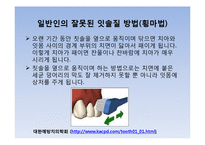
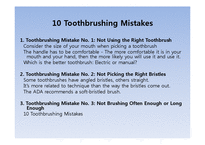
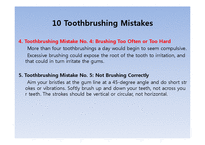
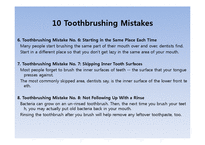
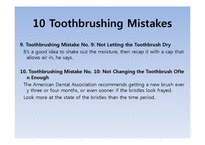
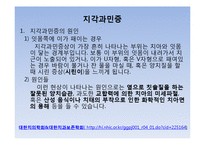
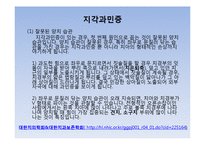
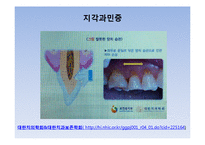
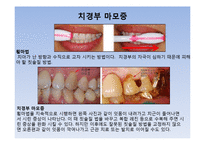
 분야
분야


